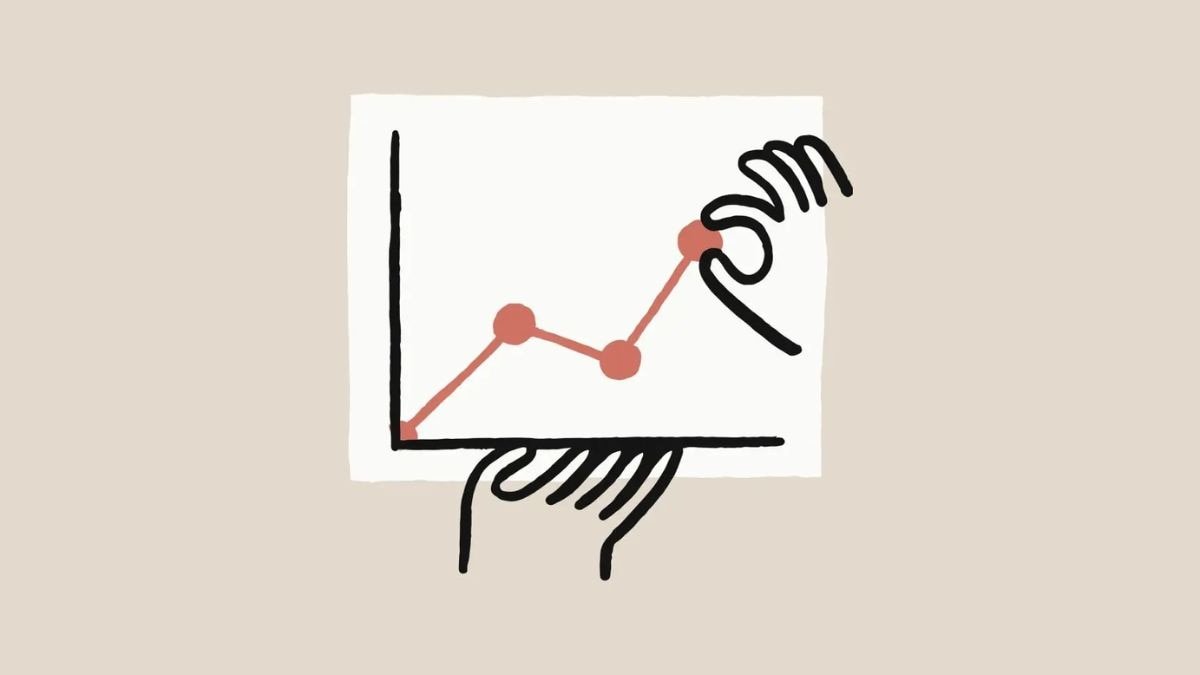Anthropic introduced the Anthropic Economic Index on Monday to understand how artificial intelligence (AI) is impacting the labour market and the economy. The initial report of the research reveals that software engineering fields are the most impacted by this new technology. The research found the arts, design, sports, entertainment, and media fields to be in the second spot in terms of jobs being impacted by AI. Apart from finding the impacted markets, the report also claimed that AI’s usage is leaning more towards augmentation compared to automation.
The Anthropic Economic Index Shares Initial Report
In a newsroom post, the AI firm announced the launch of the Anthropic Economic Index. The initiative is aimed at understanding how AI is impacting the labour markets and economy over time. The new research uses data from conversations with Claude, instead of traditional methods such as opinions from experts and general surveys.
As per its initial report, the research found that software engineering roles witnessed the highest adoption of AI with 37.2 percent of queries sent to Claude. The AI chatbot was primarily asked about tasks such as software modification, code debugging, and network troubleshooting.
![]()
Visualised data from the Anthropic Economic Index
Photo Credit: Anthropic
The second largest category to be impacted by AI included the fields of “arts, design, sports, entertainment, and media” with 10.3 percent of queries. The report stated that Claude was mainly asked questions about various kinds of writing and editing tasks. The least represented category includes “farming, fishing, and forestry” roles which only contributed 0.1 percent of queries.
Apart from jobs being impacted by AI, the dataset also revealed that only four percent of jobs used AI for three-fourths of the associated tasks. On the other hand, 36 percent of jobs used AI for at least one-fourth of their tasks. Both low-paying and very-high-paying jobs witnessed very low rates of AI usage. However, the mid-to-high median salary-paying jobs were found to be among the heaviest AI users.
Interestingly, the report also stated that AI was leaning more towards augmentation (where AI collaborated with a user to perform a task) rather than automation (where AI directly performed a task). Based on the data, it was found that 57 percent of tasks queried to Claude were being augmented as opposed to 43 percent of tasks that were being automated.
We also looked in more detail at how the tasks were being performed—specifically, at which tasks involved “automation” (where AI directly performs tasks such as formatting a document) versus “augmentation” (where AI collaborates with a user to perform a task).
“In just over half of cases, AI was not being used to replace people doing tasks, but instead worked with them, engaging in tasks like validation (e.g., double-checking the user’s work), learning (e.g., helping the user acquire new knowledge and skills), and task iteration (e.g., helping the user brainstorm or otherwise doing repeated, generative tasks),” the report added.



